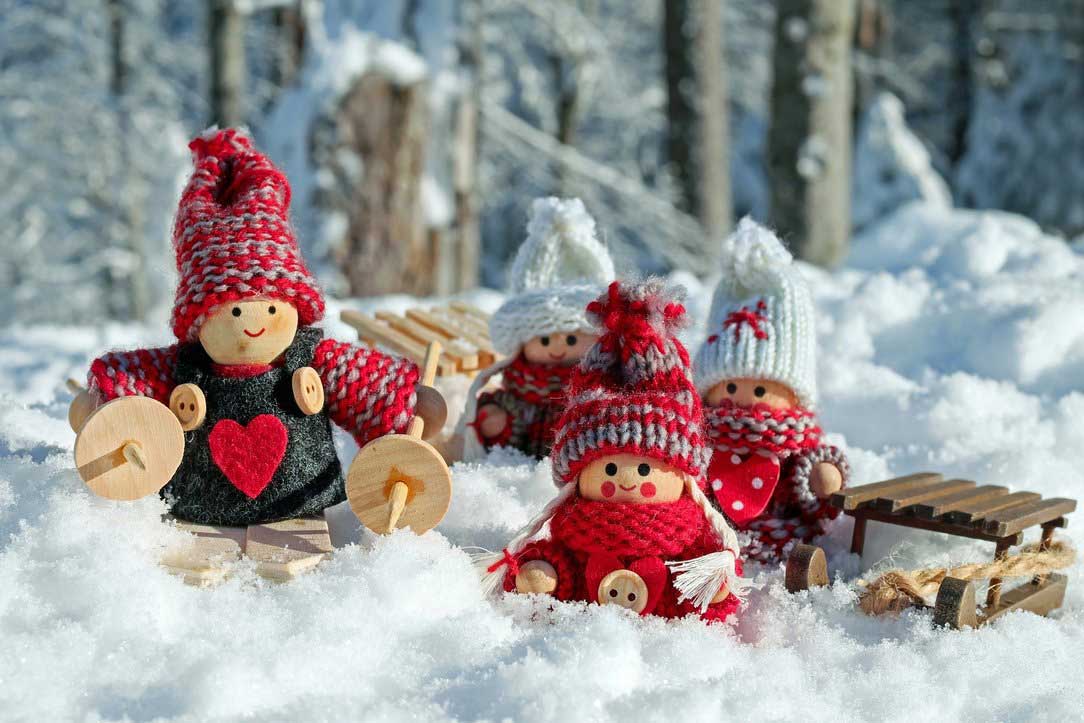Often teachers and parents limit outdoor play when the weather turns colder and the evenings begin getting darker much earlier.
Often teachers and parents limit outdoor play when the weather turns colder and the evenings begin getting darker much earlier. It is understandable that with the amount of sniffly noses and tickly coughs that children get throughout the winter we would do what we can to prevent them from picking up anything else. Despite the fact we are only trying to protect our children, reducing the amount of time they can play outside only stops them from learning and exploring.
However, the idea that the cold will make children sick is an old misconception. As long as the children are well wrapped up with hats, scarves, gloves and coats or wellies and waterproofs for the rain then playing outside and experiencing different seasons can be very beneficial to their development. Germs are what spread colds and cold air should not make children ill if they are protected from the different weather types. Children who are kept inside actually have more chance of becoming ill because they are in a confined space where germs can easily pass from one another. Being outside provides ventilation and open air where germs and viruses cannot be passed to one another as easily. Outdoor air can actually help to give immune systems a boost and enhance the ability to fight off infection.
Children also need regular breaks from a classroom environment. This can help them to stay focused on tasks and topics within the classroom. Children often build up a lot of energy in the classroom and when they are sat down, which is why outdoor play is the perfect way to release this energy. It means they can run around and play with friends and just have fun. It helps them stay physically active and helps their muscles strengthen and grow. Children who are contained from getting regular breaks to release their energy may act out as they are frustrated with the energy they have that is just building up and making them agitated.
There’s nothing quite like experiencing things first hand as a way of learning. Classrooms are useful for learning about the different seasons, but nothing can beat actually being outdoors and seeing it happen. Seeing leaves fall off trees and explaining why they have changed colour in different seasons helps children to understand things if they can actually see it happening. It also encourages children to ask questions. Curiosity is great way to show that children are learning, and their brains are constantly thinking about how the world works. It can help children truly appreciate the wonders of nature!
Of course, there are exceptions that should be taken into consideration, such as extreme weathers like ice where injuries are possible, or extreme heat in the summer months. These are conditions where outdoor play could be seen as dangerous, and children’s safety should come first. One way we can protect and keep our children safe is by ensuring we have the correct surfacing for winter weather. Fields can often turn into mud baths in the winter and playgrounds turn into slippery hazards. With the right safety surfacing installed areas can be transformed into suitable play areas for exploring the outdoors all year round.
To browse our safety surfaces that can be used in all seasons come rain or shine, please press here, or do not hesitate to get in contact with a member of our team on <a href=”tel:01164029099″>0116 402 9099</a>



